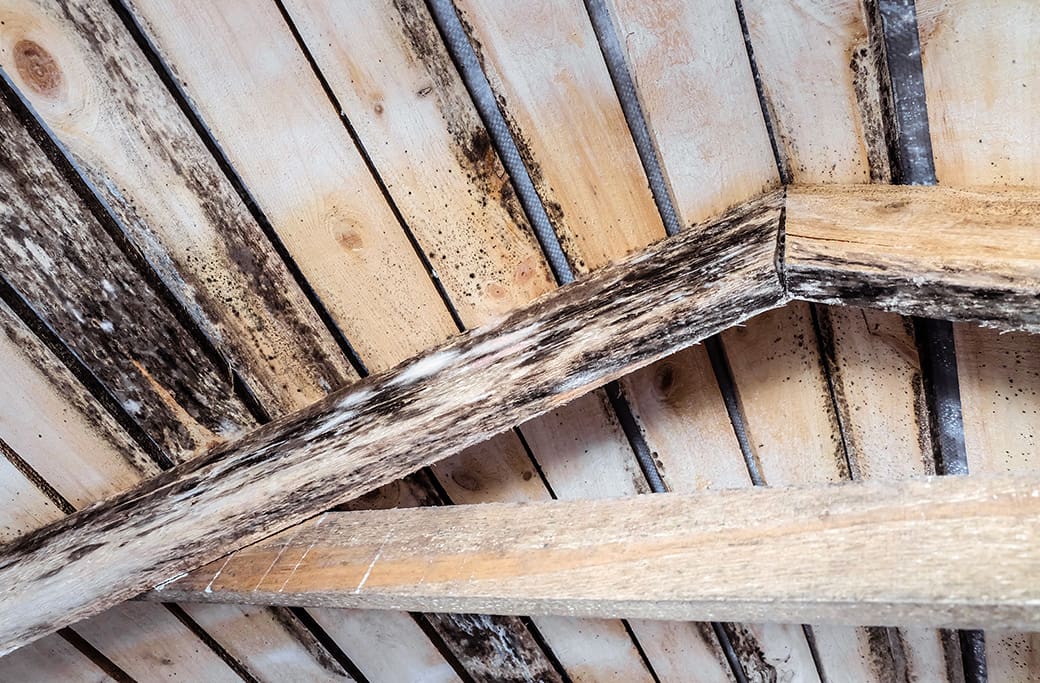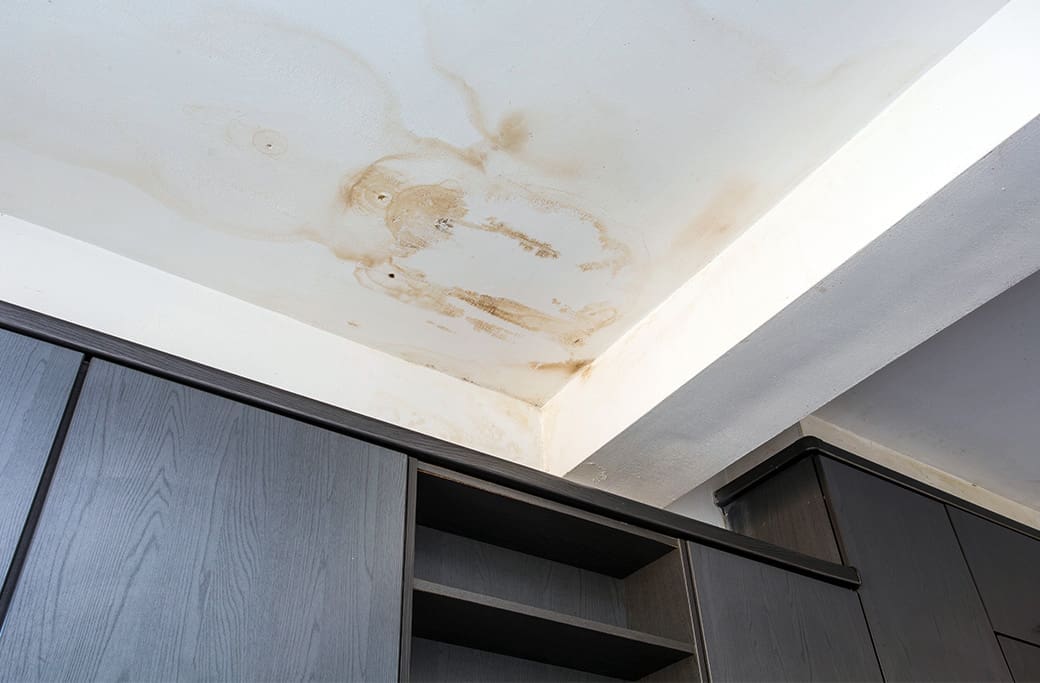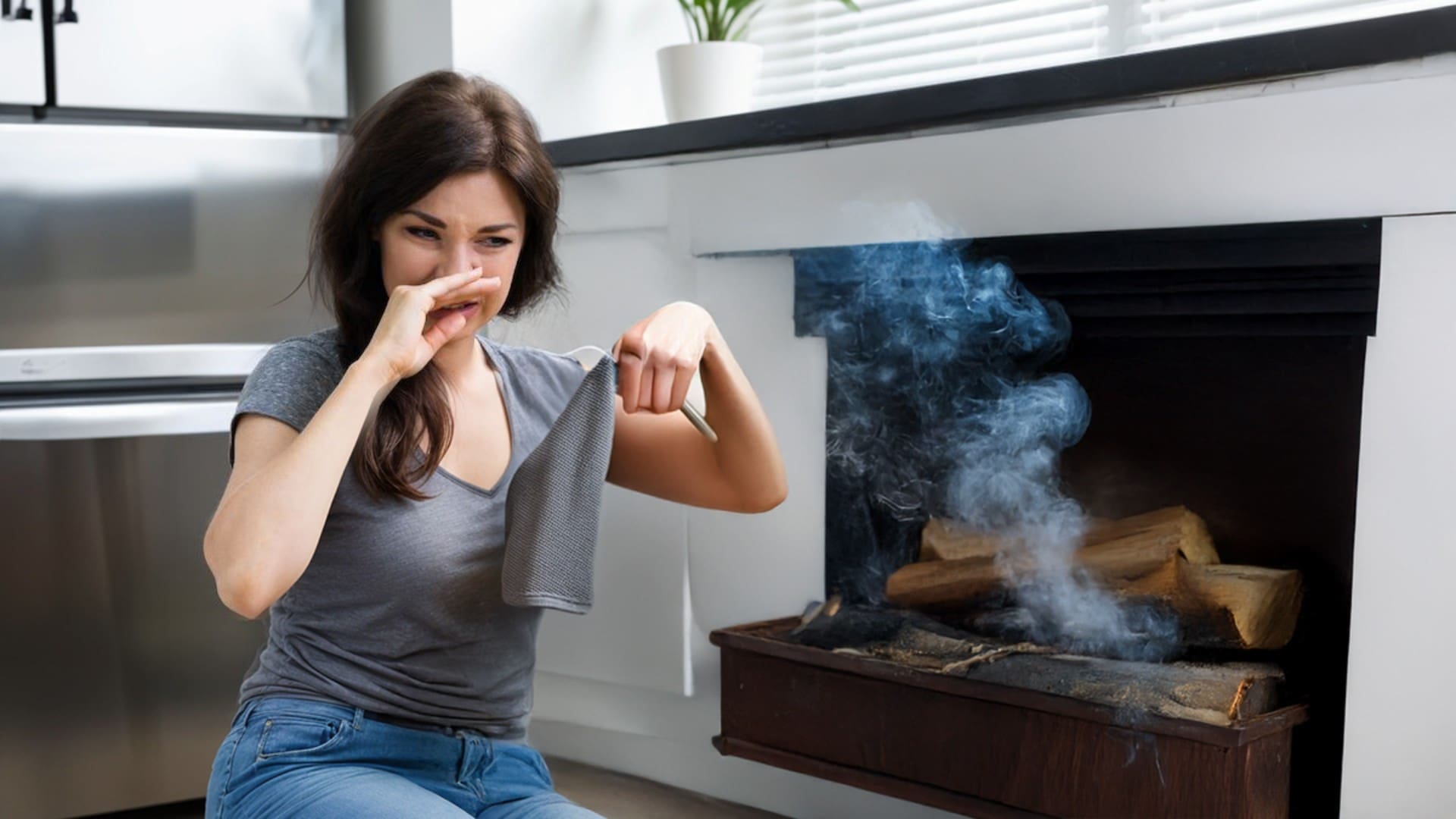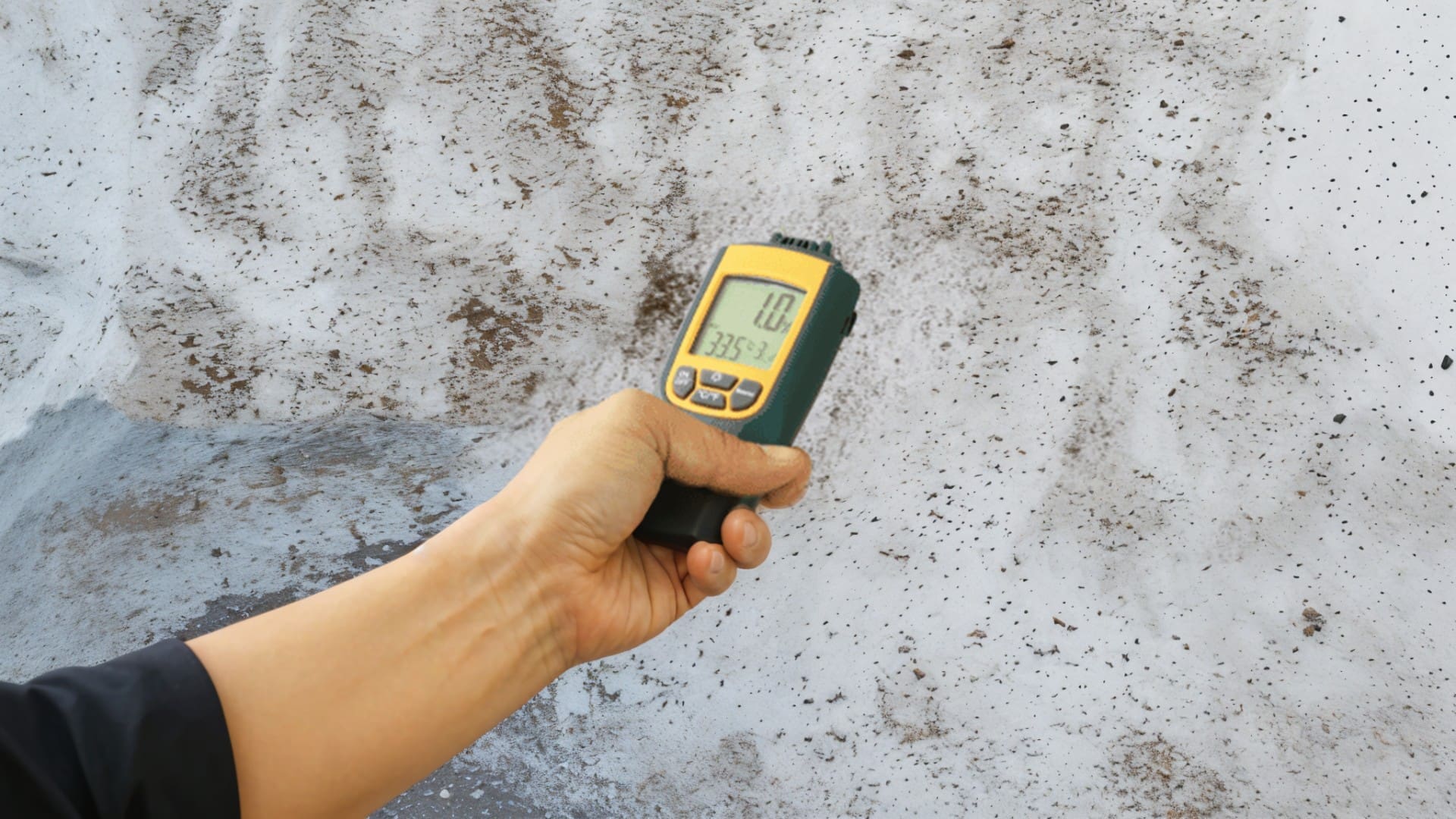
Mold is more than just an unsightly nuisance—it poses a significant risk to your health and property. This microscopic organism can cause allergic reactions, respiratory issues, and even more severe health problems if not addressed promptly. For homeowners, property managers, and anyone concerned about their living environment, understanding the dangers of mold is crucial. Recognizing common locations where mold tends to appear can aid in early detection and ensure timely remediation. Regular inspections and maintaining good ventilation can help prevent mold growth, safeguarding both your health and property from potential damage.
Understanding Mold
Mold is a type of fungus that thrives in moist, warm environments. There are several types of mold commonly found in homes, including black mold (Stachybotrys chartarum), green mold (Cladosporium), and white mold (Penicillium). Each type of mold can cause various health issues and property damage if left untreated.
Ideal conditions for mold growth include areas with high humidity, poor ventilation, and water damage. Mold spores are microscopic and can easily spread through the air, making it difficult to control once it starts growing.
Where Mold Hides
Crawlspaces
Crawlspaces are often a breeding ground for mold due to their dark, damp, and poorly ventilated nature. Water from leaks, rainwater seeping in, or condensation can accumulate over time, creating the perfect environment for mold growth. The lack of sunlight and restricted airflow further exacerbate these conditions, allowing mold spores to thrive and spread. Mold in crawlspaces can lead to structural damage and potentially impact the air quality inside the building, posing health risks to the occupants. Regular inspection and maintenance are crucial to preventing mold problems in these hidden areas.
Basements
Basements often suffer from high humidity and poor ventilation, creating an ideal environment for mold growth. These conditions arise from the natural tendency of basements to trap moisture due to their location below ground level. When flooding or leaks occur, they can exacerbate the problem significantly, leading to a rapid increase in mold development. Additionally, the lack of sunlight and air circulation in basements means moisture can linger for longer periods, further promoting mold growth. It’s crucial to address these issues promptly to prevent potential health hazards and structural damage.
Attics
Attics can also harbor mold, particularly when there are roof leaks, poor insulation, or inadequate ventilation. Mold thrives in damp, poorly ventilated areas, and attics often provide the perfect conditions for its growth if issues are not addressed. A small roof leak can introduce moisture, which, combined with insufficient insulation, can prevent the attic from drying out properly. Without proper ventilation, this moisture lingers, creating an ideal environment for mold to develop and spread, potentially leading to structural damage and health concerns if left unchecked. Regular inspections and maintenance can help prevent these problems and ensure a healthier home environment.
Bathrooms
Bathrooms are particularly prone to mold because of the constant presence of moisture from showers and baths, creating a humid environment. This moisture provides the perfect breeding ground for mold spores to thrive. Mold can grow on walls, ceilings, and even under sinks, often going unnoticed until it becomes a significant problem. It’s important to regularly inspect these areas and maintain proper ventilation to prevent mold growth. Using exhaust fans during showers and wiping down surfaces can also help keep mold at bay.
Health Effects of Mold Exposure
Mold exposure can have serious health consequences, especially for those with allergies, asthma, or compromised immune systems. Short-term exposure to mold can cause symptoms such as coughing, sneezing, eye irritation, and skin rashes. Long-term exposure can lead to more severe health issues, including respiratory infections, chronic sinusitis, and even neurological problems.
Recognizing and addressing mold-related symptoms is crucial for maintaining good health. If you or your family members experience unexplained health issues, it’s essential to consider mold as a potential cause and seek professional help.
Early Detection and Professional Remediation
Benefits of Early Detection
Early detection of mold can prevent significant damage to your property and reduce health risks. Regular inspections and maintenance can help identify mold problems before they escalate. Utilizing professional services for mold detection ensures thorough inspections, as they have tools and expertise to spot even hidden mold growth. By staying proactive, you can protect both your property and health.
Role of Professional Mold Remediation Services
Professional mold remediation services, like those offered by STOP Restoration, ensure thorough and safe removal of mold. Our team uses advanced techniques and equipment to identify and eliminate mold, preventing its return. We not only focus on removing visible mold but also address the root causes to prevent its recurrence. With our comprehensive approach, you can have peace of mind knowing that the mold problem has been resolved and the risk of future outbreaks is minimized.
Preventing Mold in the Future
Tips for Homeowners and Property Managers
Preventing mold growth requires proactive measures. Here are some tips to keep your property mold-free:
-
- Control Humidity: Use dehumidifiers and air conditioners to maintain humidity levels below 60%.
- Improve Ventilation: Ensure proper ventilation in bathrooms, kitchens, and laundry rooms.
- Fix Leaks Promptly: Repair any leaks in roofs, walls, or plumbing to prevent water accumulation.
- Regular Inspections: Conduct regular inspections of crawlspaces, basements, attics, and bathrooms for signs of mold.
Importance of Regular Maintenance
Regular maintenance is key to preventing mold growth. Schedule routine checks and cleanings to address potential issues before they become major problems.
Common Areas for Mold Growth
Mold is a hidden danger that can cause significant health problems and property damage if left unchecked. Early detection and professional remediation are essential for maintaining a safe and healthy living environment. By understanding where mold hides, recognizing the health effects of mold exposure, and taking proactive measures to prevent mold growth, you can protect yourself and your property.
Ready to take the next step? Schedule a mold inspection with STOP Restoration today and ensure your home is mold-free. Don’t wait until it’s too late—address potential mold issues now and enjoy peace of mind knowing your home is safe and healthy.




